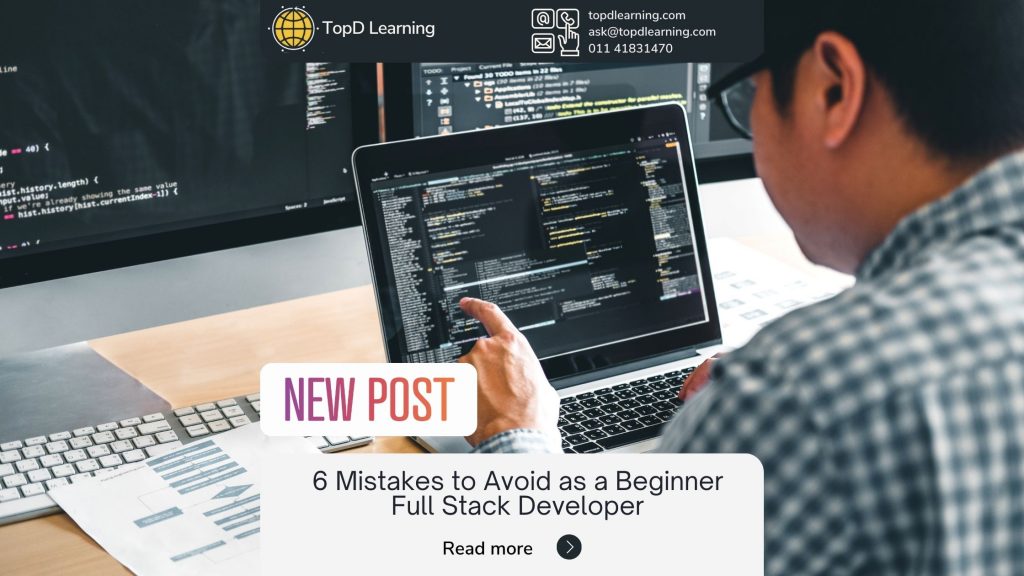Dive deep into the world of full stack development and uncover the common pitfalls beginners often face. Equip yourself with knowledge and strategies to navigate the coding landscape with confidence.
Table of Contents:
- Introduction
- Mistake #1: Not Prioritizing Fundamentals
- Mistake #2: Overloading with Too Many Tools
- Mistake #3: Neglecting Soft Skills
- Mistake #4: Avoiding Collaboration and Feedback
- Mistake #5: Ignoring Mobile-First Design
- Mistake #6: Failing to Continuously Learn
- Conclusion
Introduction:
Full stack development offers a world of opportunities and challenges. As every beginner embarks on this journey, understanding the common pitfalls can be the difference between success and setbacks. This guide delves deeper into each mistake, offering insights and actionable strategies.
Mistake #1: Not Prioritizing Fundamentals:
In the rush to become proficient, many beginners bypass the foundational elements of web development. However, without a solid grasp of the basics, advanced tools and frameworks lose their efficacy. This mistake revolves around neglecting the core technologies that form the backbone of web development.
- Understanding Core Technologies: HTML, CSS, and JavaScript are the pillars. Ensure a deep understanding of these before moving to advanced tools.
- Practical Application: Regularly practice coding to reinforce your understanding and gain practical experience.
- Resources and References: Always have reliable resources at hand. Websites like MDN Web Docs can be invaluable.
Mistake #2: Overloading with Too Many Tools
The tech landscape is vast and ever-evolving. While it’s tempting to jump onto every new tool or framework, doing so can lead to a scattered learning experience. This mistake pertains to the overwhelming desire to learn everything at once, often leading to mastery of none.
- Quality Over Quantity: Focus on mastering one tool before moving to the next.
- Relevance to Projects: Choose tools that align with your current projects, ensuring practical application.
- Community Support: Opt for tools with strong community support, ensuring you have assistance when needed.
Mistake #3: Neglecting Soft Skills
Coding is just one facet of a developer’s role. Interpersonal skills, often termed ‘soft skills,’ play a pivotal role in a developer’s career. This mistake highlights the oversight of these essential skills in favor of purely technical knowledge.
- Effective Communication: Clearly articulate your ideas and challenges to peers and stakeholders.
- Problem-solving Techniques: Develop strategies to break down complex problems into manageable tasks.
- Adaptability: The tech landscape changes rapidly. Being adaptable ensures you remain relevant and effective.
Mistake #4: Avoiding Collaboration and Feedback
The cocoon of solitary coding might feel safe, but it’s in collaboration that true growth happens. This mistake emphasizes the reluctance of beginners to expose their code to peers, missing out on valuable feedback and learning opportunities.
- Peer Reviews: Regularly engage in code reviews to gain different perspectives.
- Openness to Feedback: Constructive criticism can be a goldmine for personal growth.
- Networking: Connect with other developers. Sharing experiences can offer new insights.
Mistake #5: Ignoring Mobile-First Design
With the ubiquity of mobile devices, developers can no longer afford to treat mobile design as an afterthought. This mistake underscores the oversight of designing primarily for desktops, sidelining the vast mobile user base.
- Responsive Design Principles: Ensure your applications adjust seamlessly across devices.
- Testing on Multiple Devices: Regularly test your applications on various screen sizes to identify and rectify issues.
- User Experience (UX): Prioritize the mobile user’s experience, ensuring easy navigation and intuitive design.
Mistake #6: Failing to Continuously Learn
The tech world is dynamic, with new advancements emerging frequently. Resting on one’s laurels can quickly render a developer outdated. This mistake highlights the complacency that can set in, hindering continuous growth and adaptation.
- Stay Updated: The tech world evolves rapidly. Regularly update your knowledge.
- Online Communities: Engage in forums and communities. They can be treasure troves of new information.
- Set Learning Goals: Dedicate time weekly or monthly to learn something new, ensuring consistent growth.
Conclusion:
The journey of a full stack developer is filled with learning curves. By understanding these common mistakes and actively working to avoid them, you set yourself up for success. Embrace challenges, continuously learn, and remember: every setback is a setup for a comeback.
If you’re looking for structured guidance on this journey, consider exploring TopD Learning’s Full Stack Job Guarantee Program. It’s designed to equip you with the right skills and ensure your readiness for the industry.


